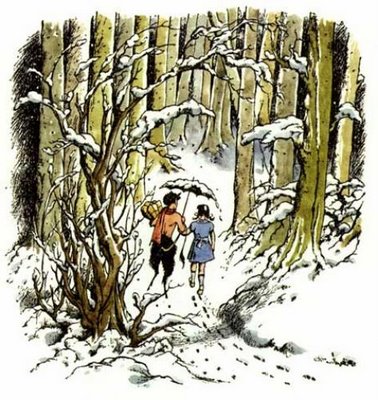In the spirit of whimsy, I shall present this post through a series of inter- and un-related sketches or doodles rather than linear argumentation.
Whimsy is the gamesome servant of the imagination.
 Generally speaking, whimsy is related to Aristotle’s principle of association or what Coleridge terms ‘fancy’. It is a frolicsome cousin of memory, the power by which the mind makes connections with the past. Instead of associating the obvious and the similar, however, whimsy combines the unexpected and the disparate. Whimsy does not connect flies with moths but with children’s toys as in Lewis Carroll’s rocking-horse-fly.
Generally speaking, whimsy is related to Aristotle’s principle of association or what Coleridge terms ‘fancy’. It is a frolicsome cousin of memory, the power by which the mind makes connections with the past. Instead of associating the obvious and the similar, however, whimsy combines the unexpected and the disparate. Whimsy does not connect flies with moths but with children’s toys as in Lewis Carroll’s rocking-horse-fly.
‘Good poets’, says W. H. Auden, ‘have a weakness for bad puns’. Puns are whimsical because they harness together ideas or images through the very thin tendril of auditory similarity. The best puns (or by another reckoning the worst ones) have the thinnest threads drawing together the most unexpected of elements. ‘Atheism is non-prophet’.
Puck in A Midsummer Night’s Dream is a good metaphor of whimsy. He is the ‘merry wanderer of the night’ that delights in creating mischief. He traverses traditional boundaries and facilitates the meeting and intermingling of different worlds and perspectives. He comically disorients the lovers, and he brings the ass-headed Bottom into contact with the ethereally beautiful Titania. Perhaps because he is a servant and vassal of Oberon, however, Puck is ultimately benevolent. He does not wish to offend but desires to make friends and amends. A malevolent Puck would be a nightmare rather than a dream.
If the imagination more generally is the faculty of mind that selects, shapes, and forms, then whimsy is the faculty that discovers, fetches and carries. It is the finder rather than the maker.
It is like a playful golden retriever. This faculty of finding unexpected connections necessarily precedes and continuously supplies the more grand and glorious primary imagination.
 A famous example of the whimsical imagination: C. S. Lewis’ Narnia stories began as a series of images—‘a faun carrying an umbrella, a queen on a sledge, a magnificent lion’. These images just ‘bubbled up’ and the association of the images with Christian meaning was part of the bubbling. These whimsical bubbles were the seeds that grew and blossomed into mature works of art.
A famous example of the whimsical imagination: C. S. Lewis’ Narnia stories began as a series of images—‘a faun carrying an umbrella, a queen on a sledge, a magnificent lion’. These images just ‘bubbled up’ and the association of the images with Christian meaning was part of the bubbling. These whimsical bubbles were the seeds that grew and blossomed into mature works of art.
Whimsy is the froth that rises to the surface. Like bubbles joining together air and water, whimsy unites two distinct elements into a new form that plays between the borders of different realms.
Whimsy is sometimes denigrated because of its lack of seriousness. Yet perhaps it is fairer to say that whimsy seriously (though by necessity not gravely) calls seriousness itself into question. To the extent that ‘seriousness’ is associated with pride (taking the self too seriously), whimsy is herein aligned with a core Christian teaching. As Chesterton observes, ‘angels can fly because they take themselves lightly’. Whimsy can help loosen the bonds of seriousness that bind the self within itself.
Wisdom’s Play in Proverbs 8 is a good description of whimsy: ‘I was beside the master craftsman, delighting him day after day, ever at play in his presence, at play everywhere on his earth, delighting to be with the children of men.’ Not the master craftsman but the frolicsome spirit that sports and plays everywhere and with everything.
Whimsy as the master of the imagination is a potentially terrifying prospect, but without whimsy as its servant the imagination would likely be crippled. A Christian aesthetics—given Jesus’ claim that in the kingdom the last shall be first—should be particularly sensitive to servant faculties like whimsy, no matter how low or frivolous they might at first appear.
This post was originally published on 27th April 2011





